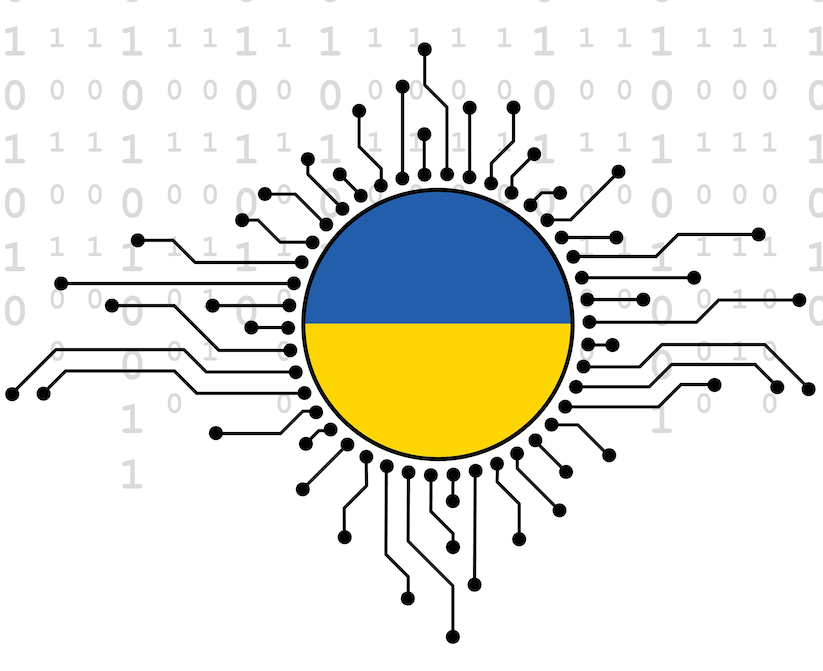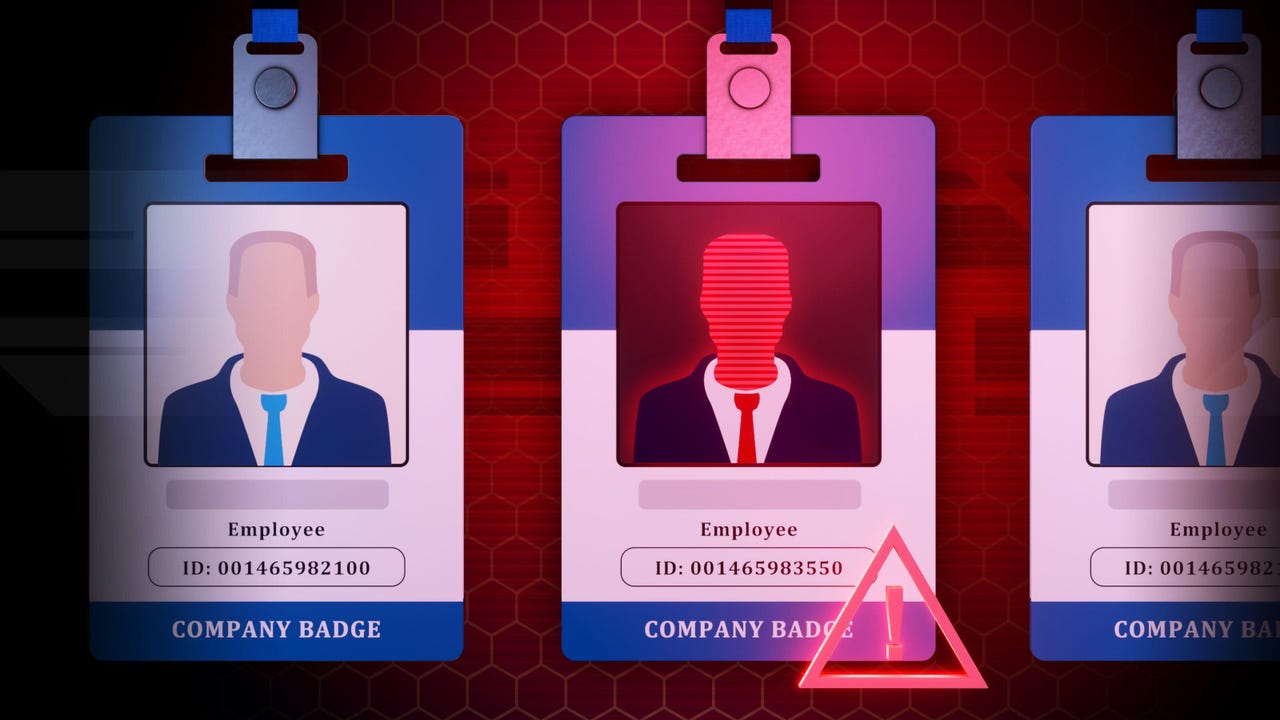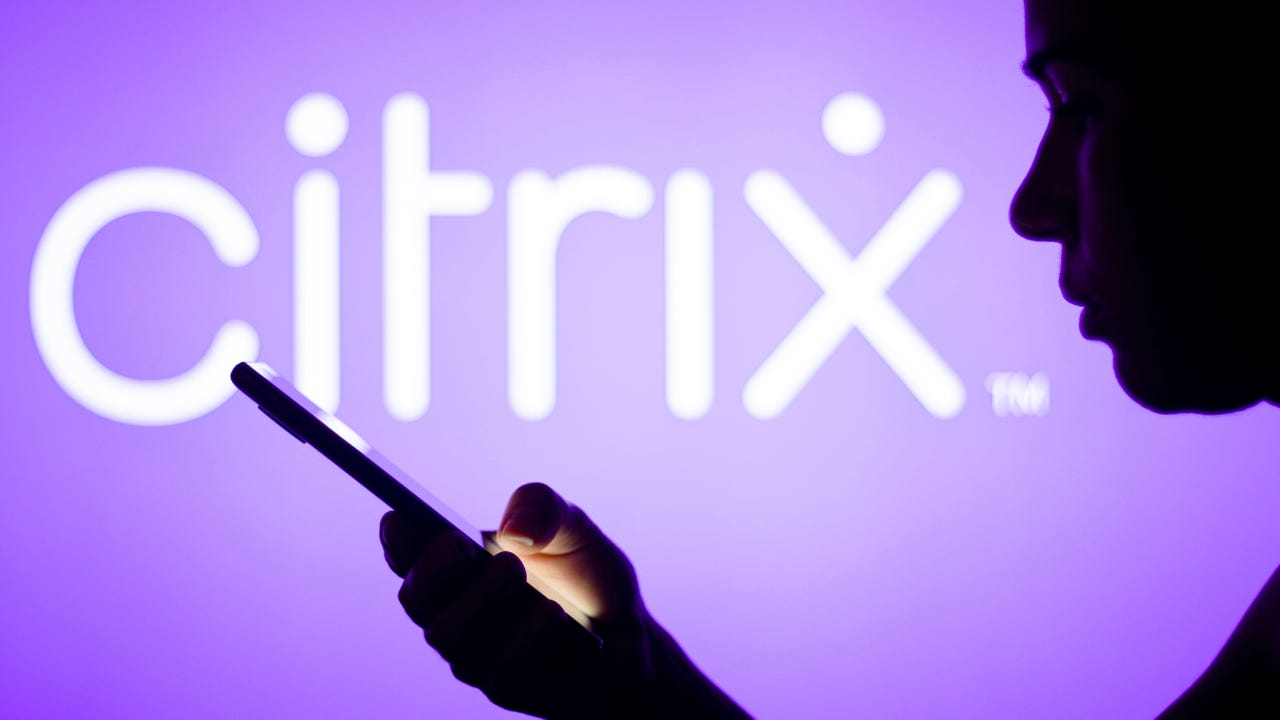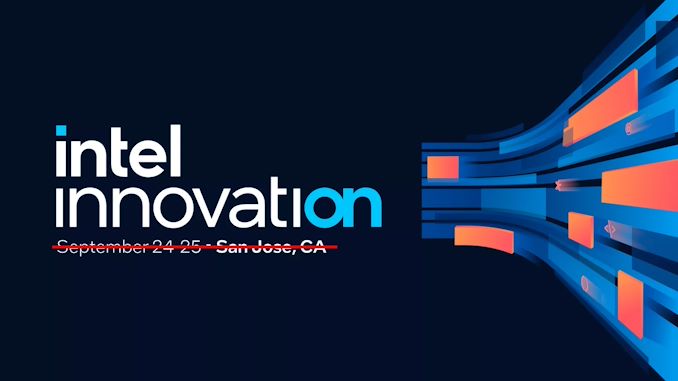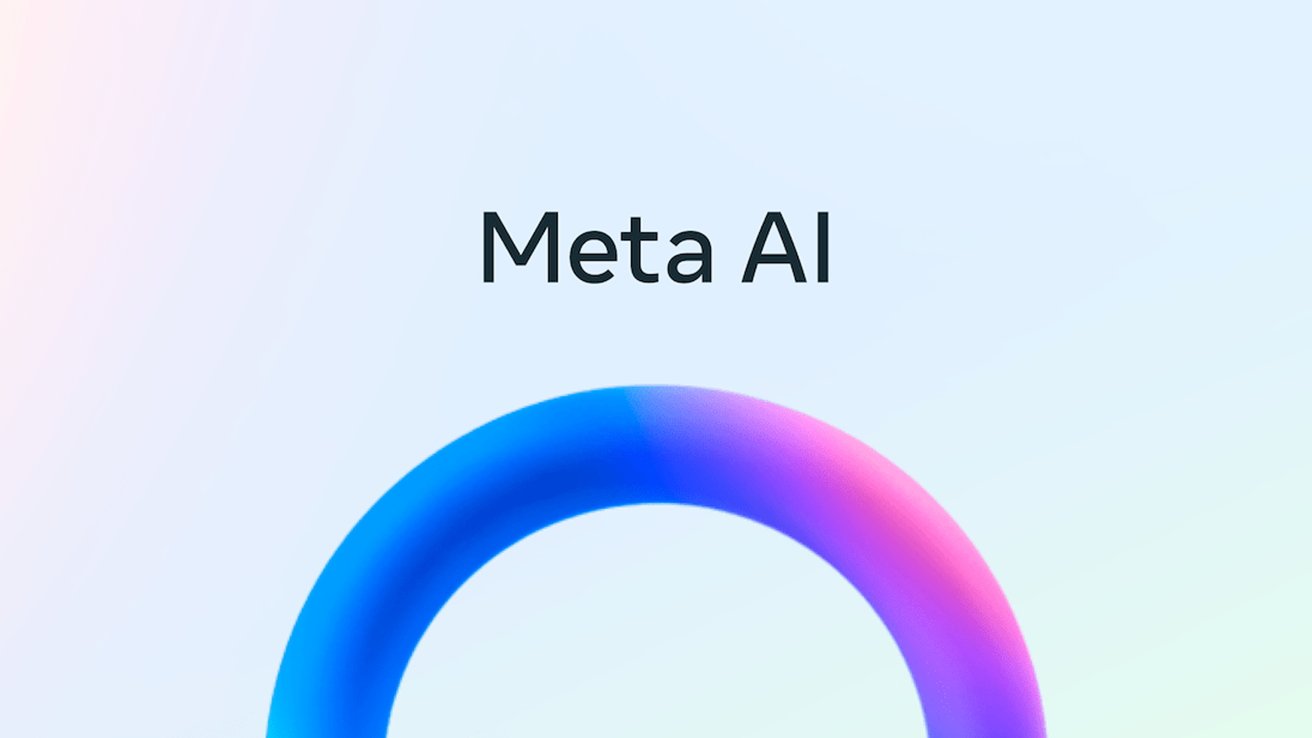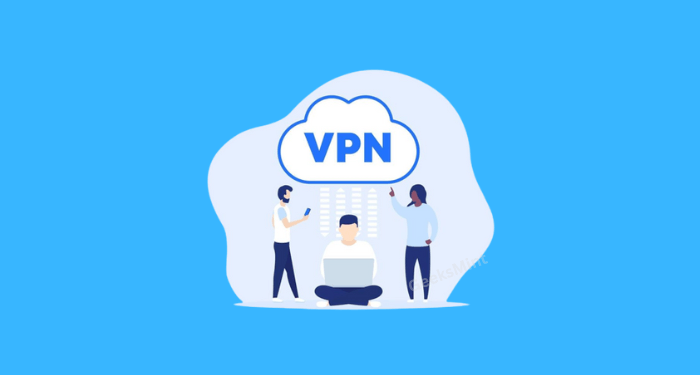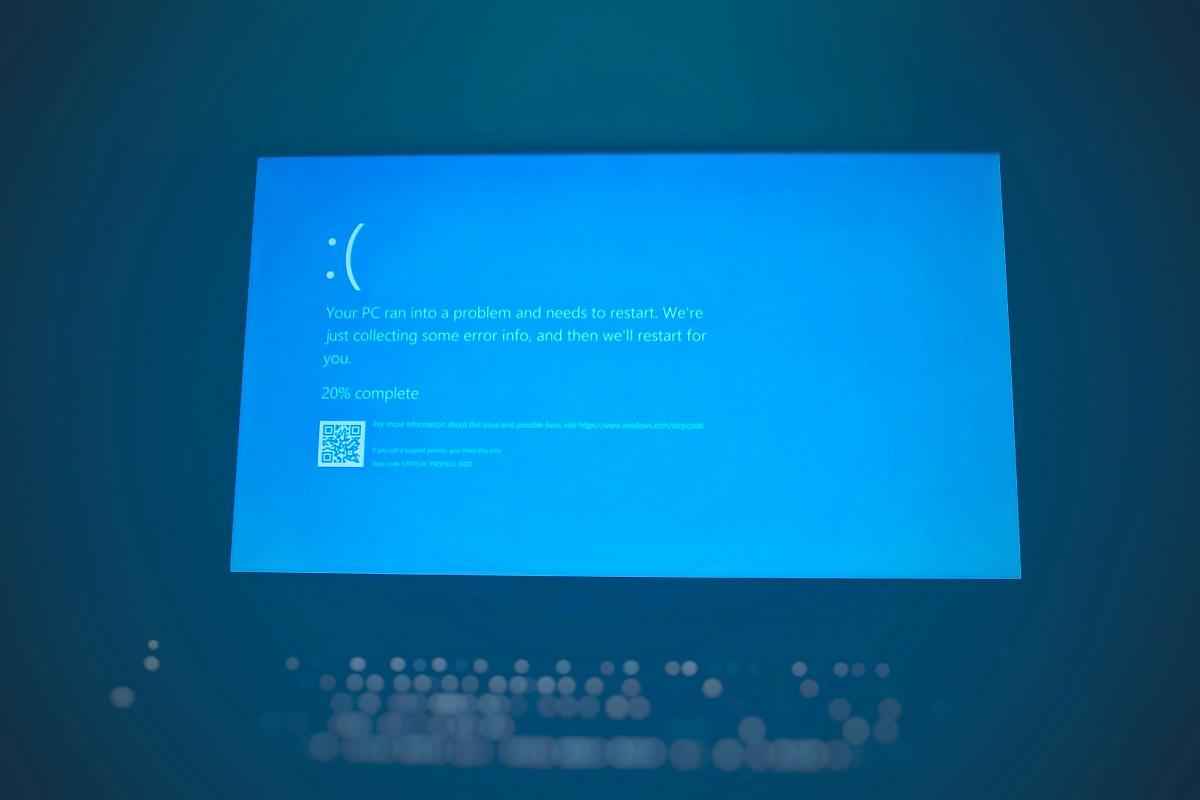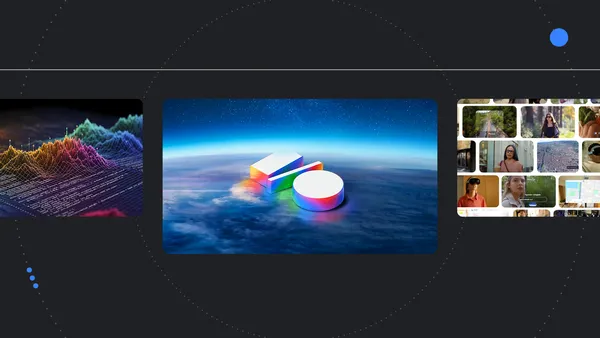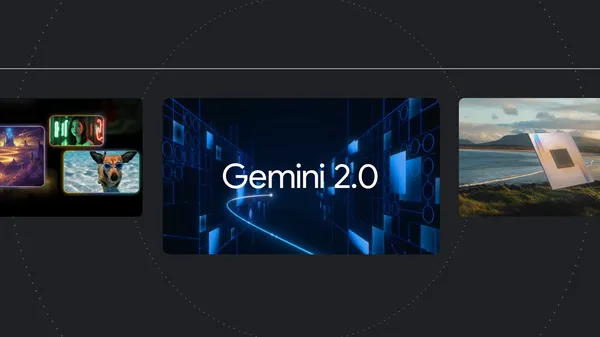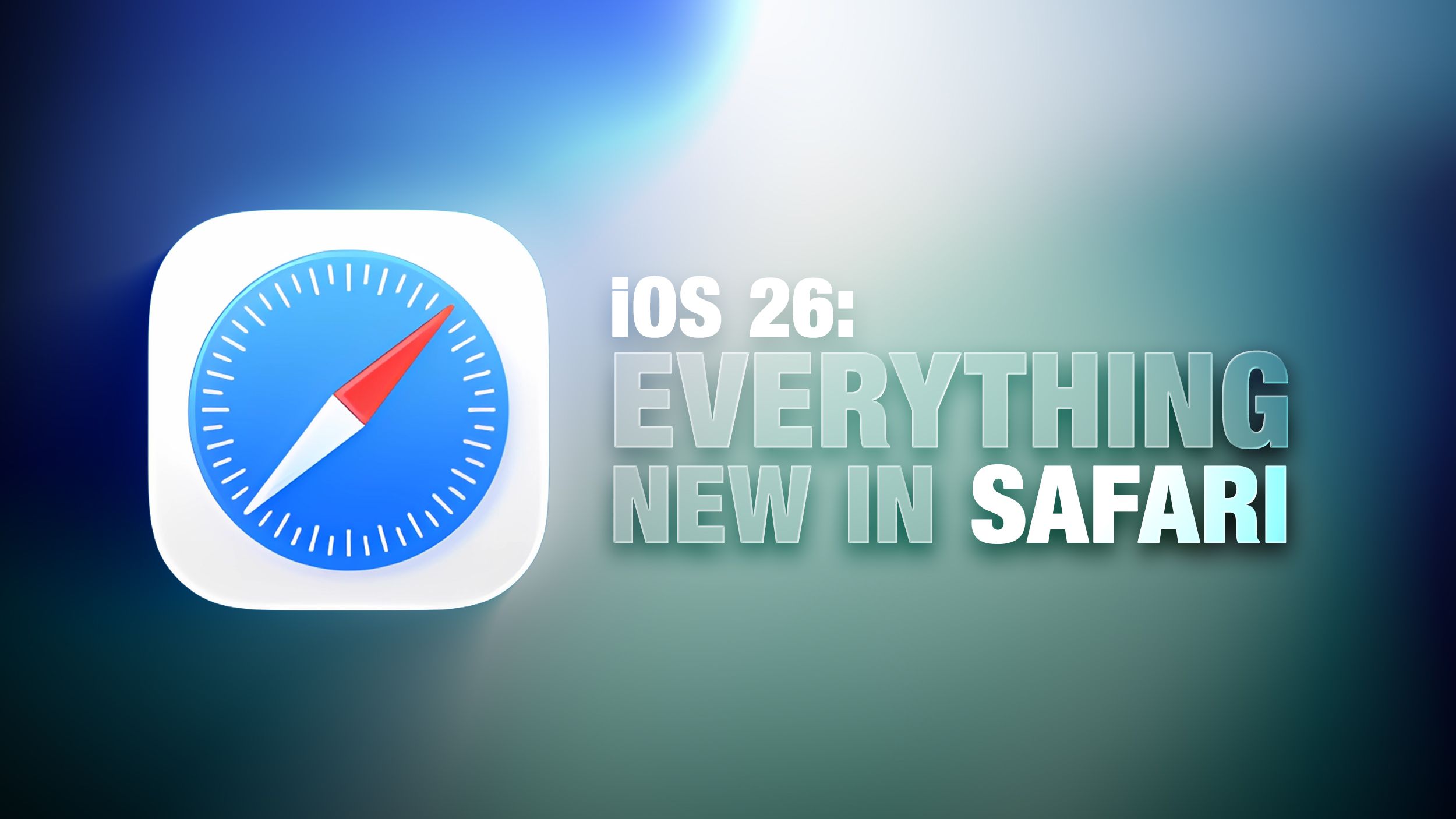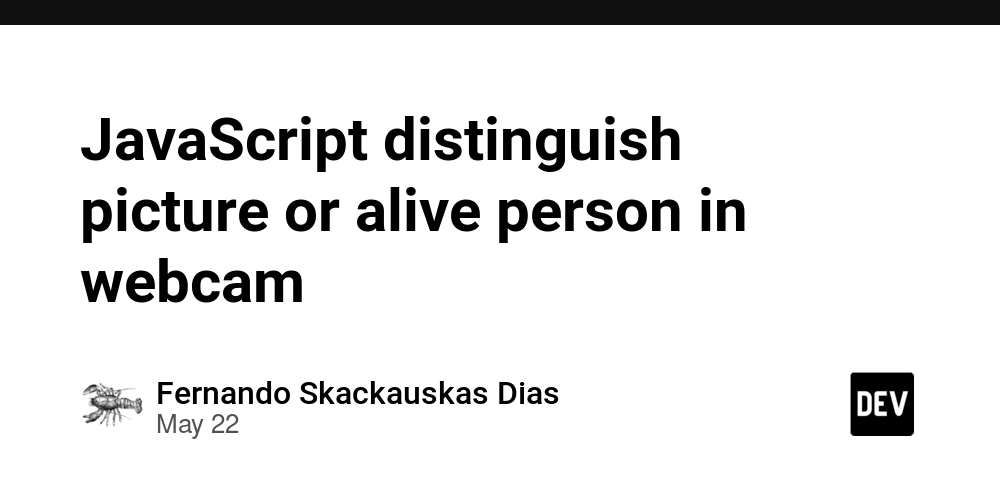Unveiling OpenSSL License: A Comprehensive Deep Dive into Open Source Licensing and Beyond
Abstract: In this post, we examine the OpenSSL License from multiple angles—its historical evolution, core features, practical applications, challenges, and future outlook. We explore how this license has become a cornerstone of secure communications in the open source ecosystem. By comparing the OpenSSL License with alternative models and discussing dual licensing, blockchain-based compensation, and fair code principles, this post offers technical insights combined with practical examples and SEO-friendly structure. We also include tables and bullet lists for easy navigation, making this guide accessible to both human readers and search engines. Introduction Open source licensing remains a critical factor in software development, especially for projects that require robust security, such as the OpenSSL cryptography library. The OpenSSL License was designed to ensure secure communication while balancing the need for open collaboration and legal protection. This post builds on the original article and expands it by discussing the historical context, core features, latest trends like blockchain integration and dual licensing, and practical use cases in a clear and structured manner. Read on to understand why the OpenSSL License has been so influential and what challenges lie ahead. Background and Context The OpenSSL License plays a crucial role in the world of open source and fair code licenses by governing the use, modification, and redistribution of security-critical software. Some key points to understand include: Historical Evolution: Developed in the early days of secure internet communications, the OpenSSL License was crafted by experienced developers who sought to protect code integrity while encouraging community collaboration. Its enduring stability has allowed major projects to adopt OpenSSL for decades. Ecosystem Impact: As a benchmark for open source licensing, the OpenSSL License has influenced many other licenses, including those used by projects such as Apache HTTP Server and even components of the Linux Kernel. Legal Framework: The license strikes a balance between permitting wide distribution and ensuring that proper attribution is maintained. Although it relies on a donation and goodwill model for compensation, it has remained a cornerstone in the open source and fair code ecosystem. Understanding these aspects is vital for developers, legal teams, and enterprises as they navigate open source funding, secure communications, and modern licensing issues. Core Concepts and Features The OpenSSL License maintains several unique features that have made it a trusted legal framework for secure software. Here are the core concepts: 1. Legal Clarity and Attribution Mandated Attribution: The license explicitly requires that all modifications and derivative works provide proper credit to the original authors. This is vital in a collaborative environment. Transparency: Its clear and unambiguous language helps reduce legal disputes, making it easier for developers to understand their rights and responsibilities. 2. Flexibility and Security Flexibility in Modifications: Developers are empowered to modify and distribute the software with minimal barriers, which has allowed for a wide range of community contributions over the years. Focus on Security: Designed specifically for a security-critical context, the OpenSSL License reinforces the integrity of secure communications. It offers a robust defense against unauthorized modifications that could introduce vulnerabilities. 3. Comparison with Other Licenses Below is a table summarizing some key features when compared to other well-known licenses: Feature OpenSSL License MIT License GNU GPL Apache 2.0 Attribution Mandatory (prevents exploitation) Informal; relies on simple attribution Enforced via copyleft; all derivatives must be GPL Requires attribution; provides detailed legal safeguards Modification Freedom High flexibility, but with specific clauses limiting proprietary mixing Very high flexibility Copyleft restrictions hinder commercial proprietary exploitation High flexibility with additional patent protection Security Focus Specifically designed for secure communications General purpose Protects freedom to modify but less security-specific Strong balance between commercial integration and security concerns Compensation Mechanism No built-in mechanism; relies on donation and community goodwill None None None (though some dual licensing options via contractual agreements are possible) 4. Dual Licensing and Blockchain Integration Dual Licensing: Unlike models that explicitly support dual licensing (offering both open source and commercial licenses), the OpenSSL License adheres to a single licensing framework. Separate contractual arrangements are required to manage commercial exploitation. Blockchain-Based Compensation Models: Newer model

Abstract:
In this post, we examine the OpenSSL License from multiple angles—its historical evolution, core features, practical applications, challenges, and future outlook. We explore how this license has become a cornerstone of secure communications in the open source ecosystem. By comparing the OpenSSL License with alternative models and discussing dual licensing, blockchain-based compensation, and fair code principles, this post offers technical insights combined with practical examples and SEO-friendly structure. We also include tables and bullet lists for easy navigation, making this guide accessible to both human readers and search engines.
Introduction
Open source licensing remains a critical factor in software development, especially for projects that require robust security, such as the OpenSSL cryptography library. The OpenSSL License was designed to ensure secure communication while balancing the need for open collaboration and legal protection. This post builds on the original article and expands it by discussing the historical context, core features, latest trends like blockchain integration and dual licensing, and practical use cases in a clear and structured manner. Read on to understand why the OpenSSL License has been so influential and what challenges lie ahead.
Background and Context
The OpenSSL License plays a crucial role in the world of open source and fair code licenses by governing the use, modification, and redistribution of security-critical software. Some key points to understand include:
Historical Evolution:
Developed in the early days of secure internet communications, the OpenSSL License was crafted by experienced developers who sought to protect code integrity while encouraging community collaboration. Its enduring stability has allowed major projects to adopt OpenSSL for decades.Ecosystem Impact:
As a benchmark for open source licensing, the OpenSSL License has influenced many other licenses, including those used by projects such as Apache HTTP Server and even components of the Linux Kernel.Legal Framework:
The license strikes a balance between permitting wide distribution and ensuring that proper attribution is maintained. Although it relies on a donation and goodwill model for compensation, it has remained a cornerstone in the open source and fair code ecosystem.
Understanding these aspects is vital for developers, legal teams, and enterprises as they navigate open source funding, secure communications, and modern licensing issues.
Core Concepts and Features
The OpenSSL License maintains several unique features that have made it a trusted legal framework for secure software. Here are the core concepts:
1. Legal Clarity and Attribution
Mandated Attribution:
The license explicitly requires that all modifications and derivative works provide proper credit to the original authors. This is vital in a collaborative environment.Transparency:
Its clear and unambiguous language helps reduce legal disputes, making it easier for developers to understand their rights and responsibilities.
2. Flexibility and Security
Flexibility in Modifications:
Developers are empowered to modify and distribute the software with minimal barriers, which has allowed for a wide range of community contributions over the years.Focus on Security:
Designed specifically for a security-critical context, the OpenSSL License reinforces the integrity of secure communications. It offers a robust defense against unauthorized modifications that could introduce vulnerabilities.
3. Comparison with Other Licenses
Below is a table summarizing some key features when compared to other well-known licenses:
| Feature | OpenSSL License | MIT License | GNU GPL | Apache 2.0 |
|---|---|---|---|---|
| Attribution | Mandatory (prevents exploitation) | Informal; relies on simple attribution | Enforced via copyleft; all derivatives must be GPL | Requires attribution; provides detailed legal safeguards |
| Modification Freedom | High flexibility, but with specific clauses limiting proprietary mixing | Very high flexibility | Copyleft restrictions hinder commercial proprietary exploitation | High flexibility with additional patent protection |
| Security Focus | Specifically designed for secure communications | General purpose | Protects freedom to modify but less security-specific | Strong balance between commercial integration and security concerns |
| Compensation Mechanism | No built-in mechanism; relies on donation and community goodwill | None | None | None (though some dual licensing options via contractual agreements are possible) |
4. Dual Licensing and Blockchain Integration
Dual Licensing:
Unlike models that explicitly support dual licensing (offering both open source and commercial licenses), the OpenSSL License adheres to a single licensing framework. Separate contractual arrangements are required to manage commercial exploitation.Blockchain-Based Compensation Models:
Newer models such as the Open Compensation Token License (OCTL) integrate blockchain for transparent, token-based compensation. This evolving ecosystem challenges the traditional donation model of the OpenSSL License, suggesting that future licenses might blend stability with direct monetization.
Applications and Use Cases
The benefits and restrictions of the OpenSSL License translate into real-world applications across various industries. Here are a few practical examples:
1. Secure Web Servers and Communication
OpenSSL Cryptography Library:
The most notable application is the OpenSSL library itself, which secures countless web servers worldwide. Projects like Apache HTTP Server integrate OpenSSL to enable HTTPS and other secure protocols.Email and Embedded Systems:
Secure email systems and embedded devices also utilize OpenSSL to protect data transmissions, ensuring robust security in environments where reliability is crucial.
2. Enterprise-Scale Adoption
Financial Institutions and Cloud Providers:
Banks and major cloud service providers deploy systems that integrate OpenSSL to meet international standards for secure communications. This has resulted in consistent adoption despite some criticism regarding the donation-based compensation mechanism.Case Studies and Community Feedback:
Industry case studies and discussions on platforms like Hacker News and Stack Overflow underline the success of using the OpenSSL License for mission-critical applications.
3. Impact on Open Source Funding and Community Governance
Funding Models:
While the OpenSSL License does not offer a direct monetization mechanism, its influence can be seen in discussions on open source funding and fair code alternatives. Developers have explored supplementary methods—like corporate sponsorships—to support open source projects.Community-Driven Innovations:
Developer communities have leveraged the stability of the OpenSSL License to build reliable ecosystems around secure communications, which in turn has spurred further open source contributions and innovations.
Challenges and Limitations
Despite its success, the OpenSSL License is not without its challenges:
1. Compensation and Exploitation
Lack of Built-In Compensation:
The license’s reliance on donations and goodwill leaves developers vulnerable to exploitation by large corporations that might use the software without contributing back appropriately.Risk of Unpaid Commercial Forks:
As discussed in several industry threads, the risk persists that companies could commercialize OpenSSL-based technology without providing sufficient credit or remuneration to the original contributors.
2. Integration with Other Licenses
- Compatibility Issues: Integrating OpenSSL-licensed code with other licenses (e.g., GNU GPL) can lead to legal ambiguities, especially when differing attribution clauses conflict. This requires careful legal review and sometimes slows down the development process.
3. Dual Licensing Limitations
- Single Licensing Model: The absence of a native dual licensing feature means that if a project wishes to commercialize its technology, separate agreements must be negotiated—adding legal complexity and potential friction in commercial adoption.
4. Contributor Agreement Challenges
- Unclear Contributor Identities: Contributions made without formal Contributor License Agreements (CLAs) can create legal challenges regarding ownership and proper attribution. This increases the risk of disputes and potential exploitation if anonymous contributions later become contentious.
Future Outlook and Innovations
As technology evolves, open source licensing is poised for transformation. Below are some trends and possible innovations that could shape the future:
1. Integration with Blockchain-Based Compensation
Tokenization of Contributions:
Emerging models such as OCTL leverage blockchain to automatically compensate contributors with tokens. This integration not only offers transparent, direct rewards but also addresses one of the major criticisms of the OpenSSL License.Fair Code and Sustainable Contributions:
By integrating blockchain technology, future licenses could provide a verifiable way to distribute incentives and royalties, promoting sustainable open source practices and reducing the risk of exploitation.
2. Dual Licensing as a Norm
Hybrid Legal Models:
In the coming years, we may see a shift where projects adopt hybrid or dual licensing models. This would allow a project to be available under a free, open source license while simultaneously offering a commercial license that incorporates monetization mechanisms.Enhanced Developer Protections:
Such models could better balance the need to reward developers for their contributions while still promoting innovation and collaboration.
3. Greater Focus on Community Governance
Decentralized Decision-Making:
Initiatives like Arbitrum and community governance point toward a future where open source projects may incorporate decentralized tools for project management and decision-making. This could further democratize how open source projects evolve and receive support.Transparent Legal Frameworks:
Increased use of tools that ensure transparency (e.g., blockchain-based audit trails) can bolster trust in open source projects. Such systems will be essential in mitigating the risks associated with anonymous contributions and unclear intellectual property rights.
4. Evolving Standards in Open Source Licensing
Community Feedback and Iteration:
Just as the OpenSSL License has remained stable over time, there is a growing debate on whether iterative improvements can be made without sacrificing stability. The incorporation of modern legal challenges—such as those related to dual licensing and blockchain integration—may lead to updated licensing frameworks that merge the best of both worlds.Industry Collaboration:
Organizations like the Free Software Foundation and OSI Licenses continually influence open source licensing trends by supporting community dialogue and legal research. Their work may pave the way for new standards that ensure both security and fair developer compensation.
Summary
In this comprehensive deep dive, we have revisited the OpenSSL License and explored its evolution, core features, and impact on the open source community. Key takeaways include:
- The OpenSSL License was designed to secure communications by enforcing clear attribution requirements and offering a robust legal framework.
- Its flexibility has enabled widespread adoption—from secure web servers to financial institutions—while emphasizing the necessity for transparency.
- Despite its strengths, challenges such as the lack of a built-in compensation mechanism, integration issues with other licenses, and the absence of dual licensing support remain.
- Future innovations may incorporate blockchain-based compensation, dual licensing models, and greater community governance to better align with modern open source funding needs.
As the open source ecosystem continues to grow and evolve, developers and enterprises alike must weigh the benefits and limitations of the current licensing models. Embracing innovations while preserving legal clarity will be key to sustaining the high standards of security and community trust that the OpenSSL License has long represented.
Further Reading and Resources
For more detailed insights into open source licensing and related trends, consider exploring the following links:
- Official OpenSSL License Text
- License Token Project and OCTL – for insights into blockchain-based compensation.
- Open Source Licenses Overview on OSI
- Apache HTTP Server Licensing and Security
- Hacker News Discussions on Open Source Licensing
Additionally, for community perspectives and developer insights, check out these Dev.to posts:
- Open Source Revenue Generation: Balancing Community and Commerce
- The Receiver Benefits Model: Unlocking the Value in Open Source Contributions
Conclusion
The OpenSSL License remains a fundamental pillar of secure open source software. With its robust attribution requirements and a clear legal framework, it has empowered developers to build secure, reliable systems over decades. However, the changing landscape—with growing demands for fair compensation and dual licensing—suggests that both developers and enterprises must remain agile in their approach to licensing. By embracing emerging technologies like blockchain and iterating on traditional models, the future of open source licensing promises to be more fair, transparent, and sustainable.
Whether you are working on a high-security project or exploring new models of developer funding, understanding the principles behind the OpenSSL License and its alternatives is vital. Developers—from individual contributors to large enterprises—must stay informed to protect their work and ensure that innovation continues without compromising on security or fairness.
Happy coding and may your projects thrive under the banner of robust, fair open source licensing!






































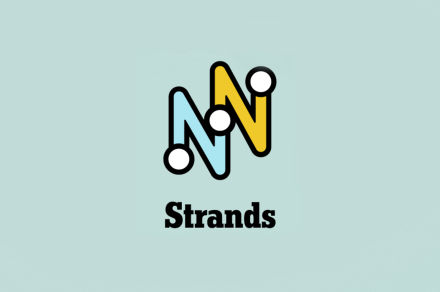







































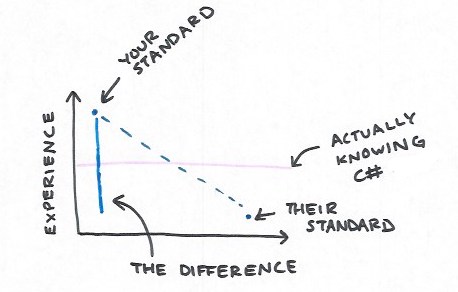




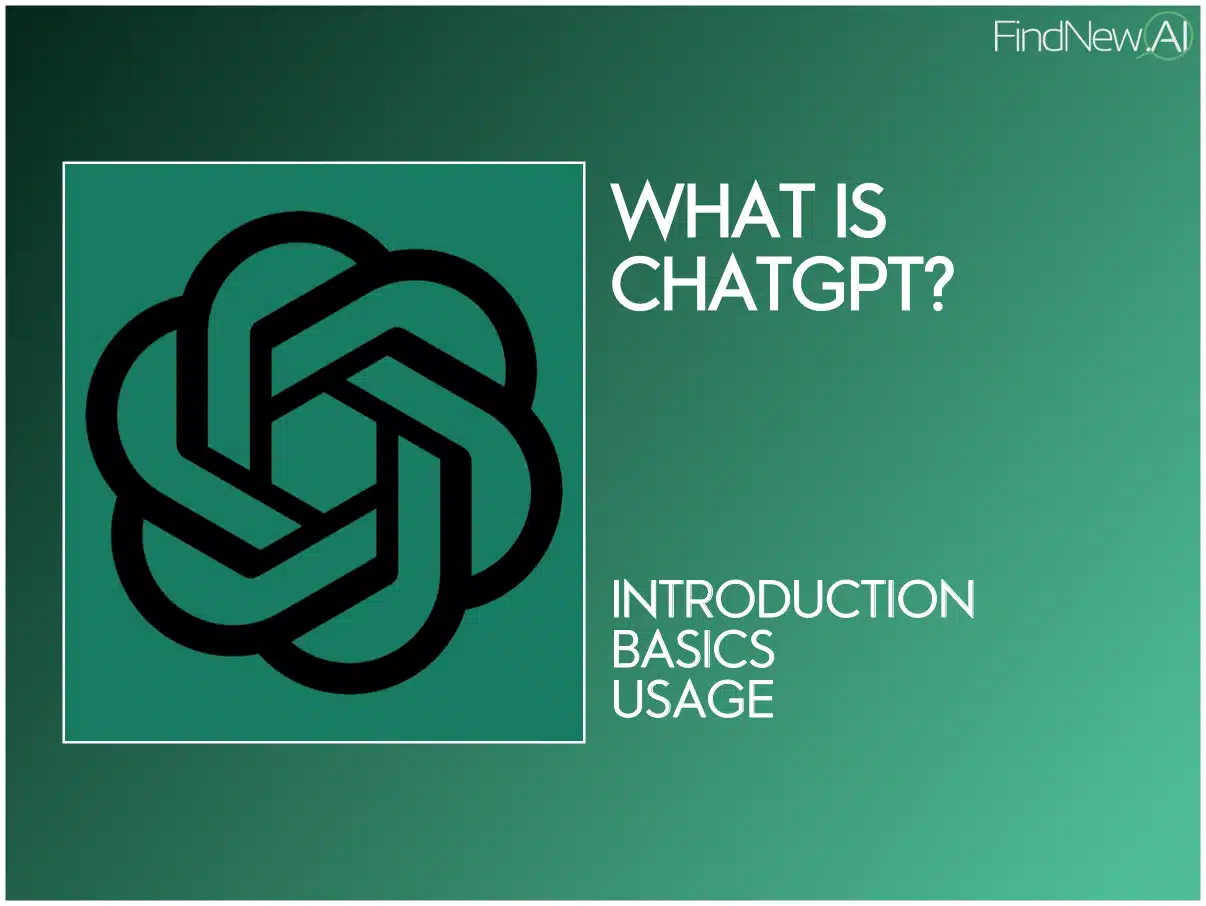



































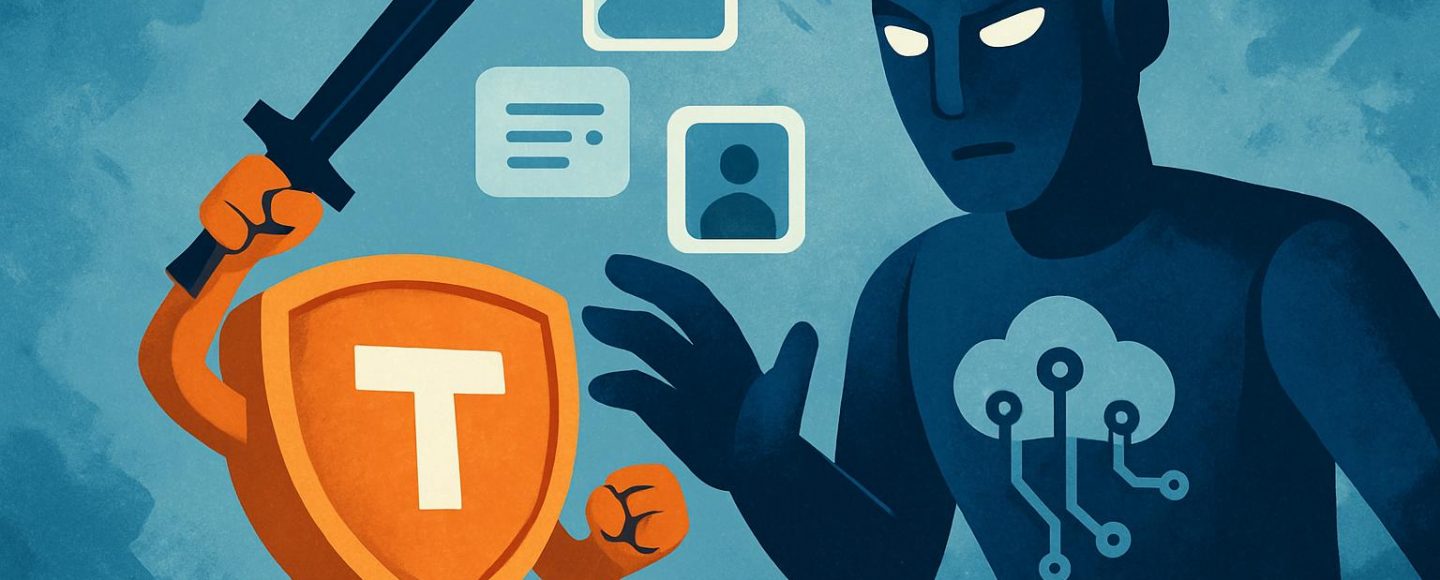



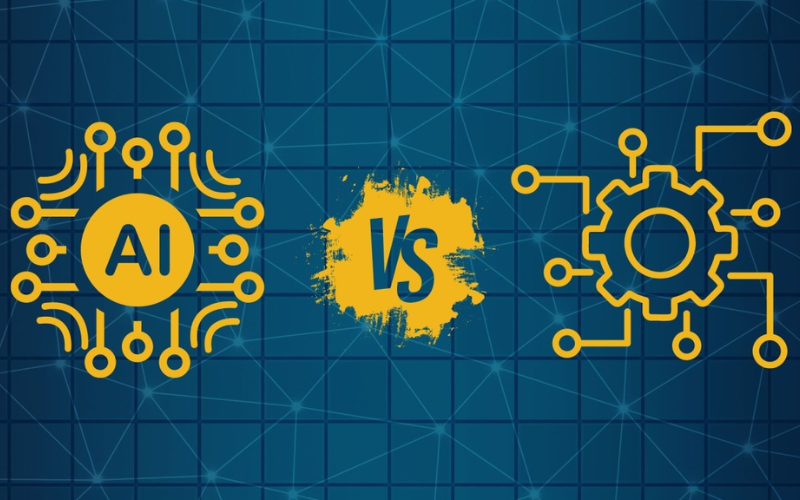





































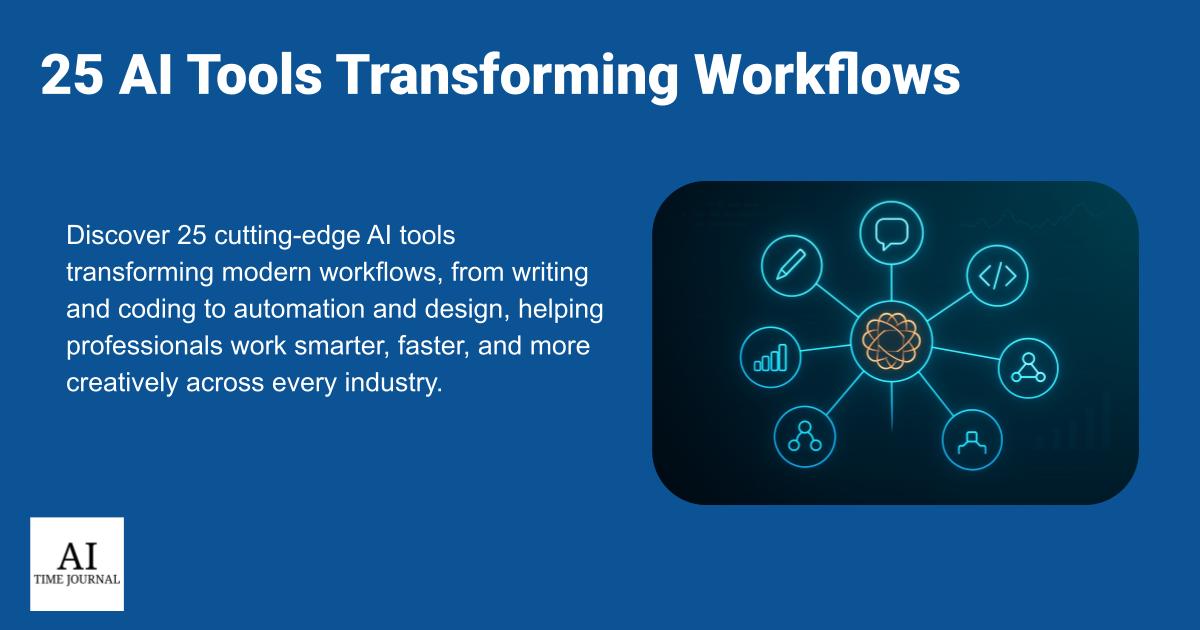









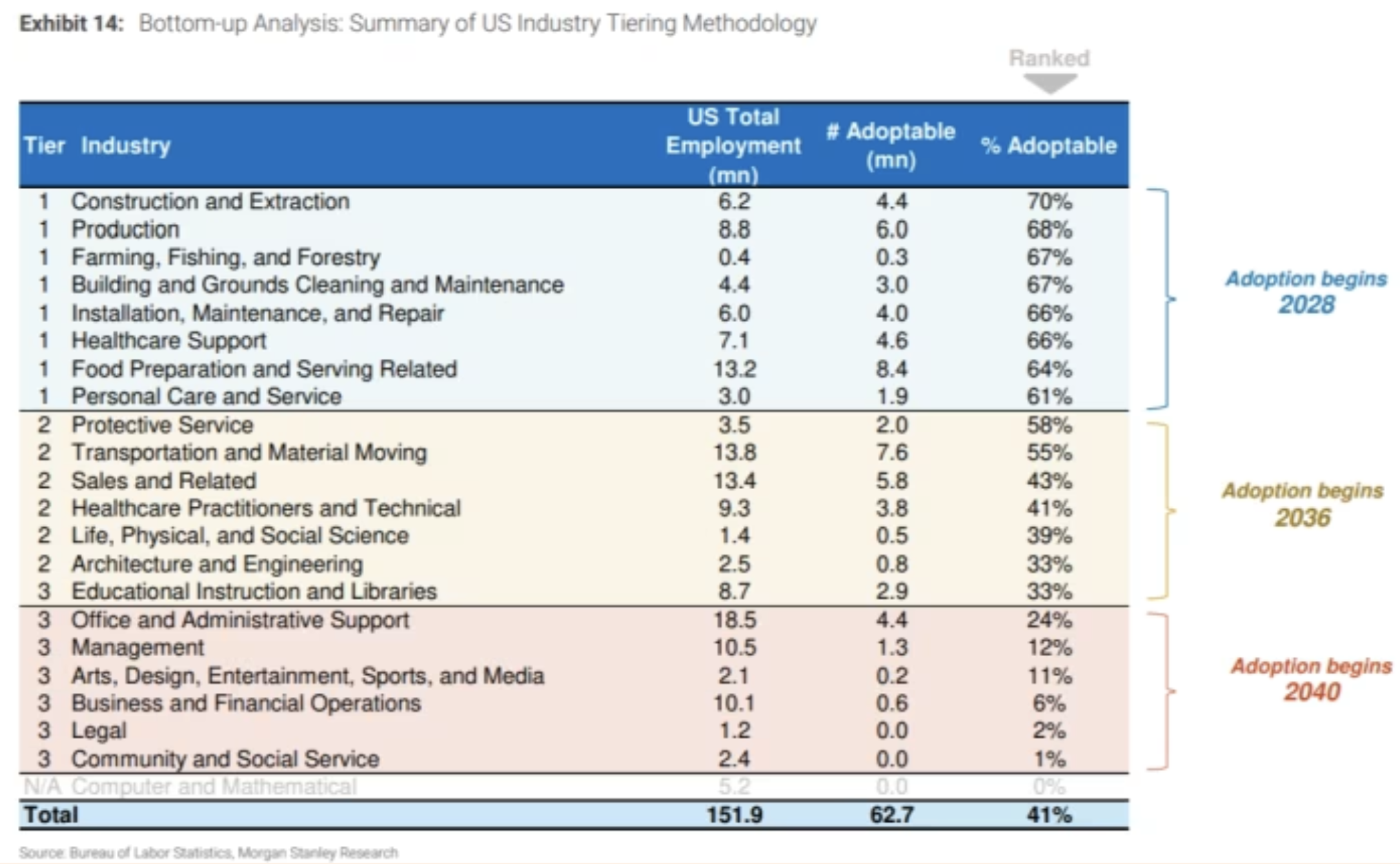
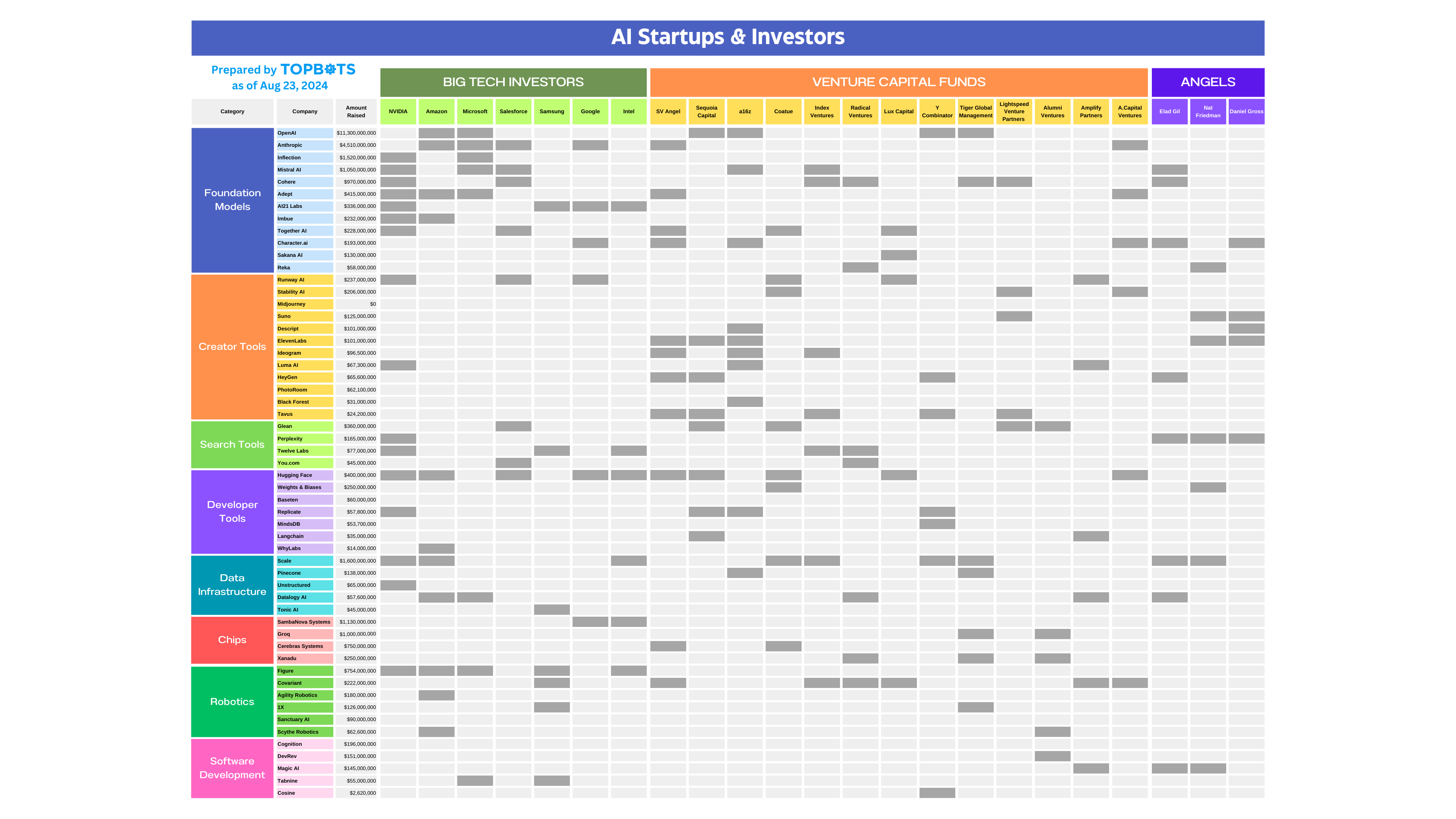

![[The AI Show Episode 156]: AI Answers - Data Privacy, AI Roadmaps, Regulated Industries, Selling AI to the C-Suite & Change Management](https://www.marketingaiinstitute.com/hubfs/ep%20156%20cover.png)
![[The AI Show Episode 155]: The New Jobs AI Will Create, Amazon CEO: AI Will Cut Jobs, Your Brain on ChatGPT, Possible OpenAI-Microsoft Breakup & Veo 3 IP Issues](https://www.marketingaiinstitute.com/hubfs/ep%20155%20cover.png)








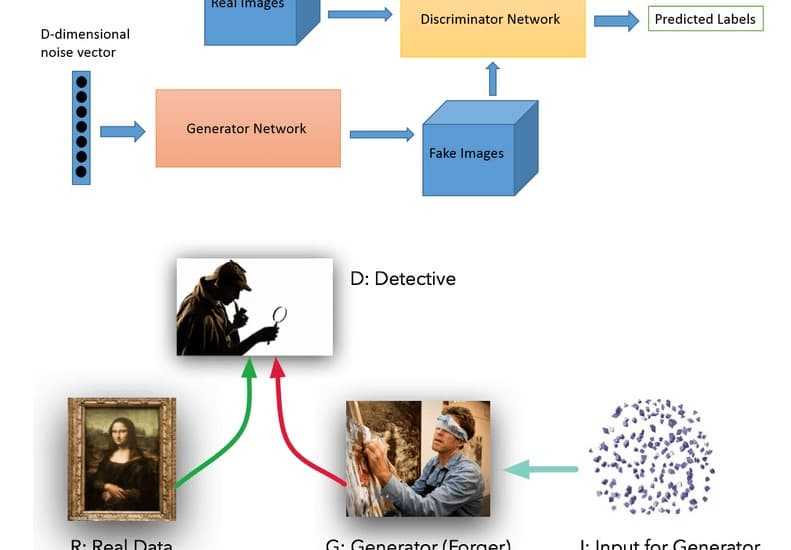

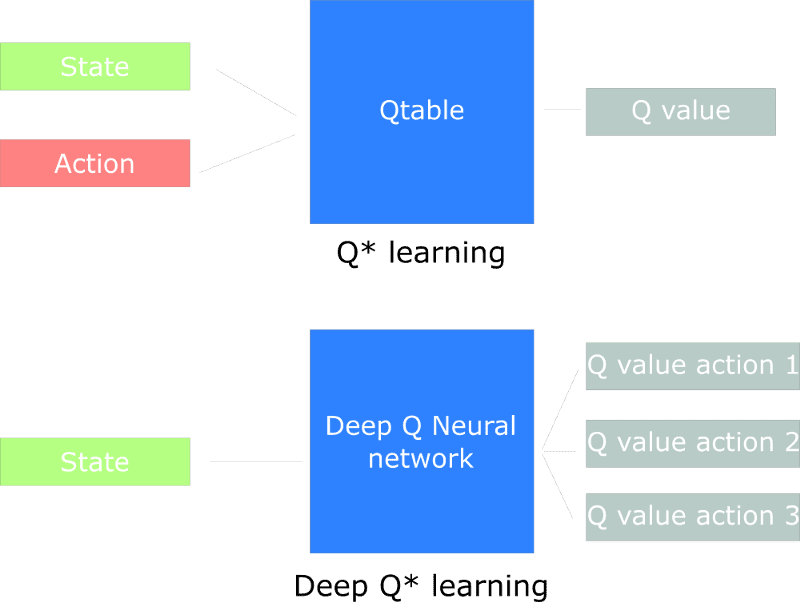
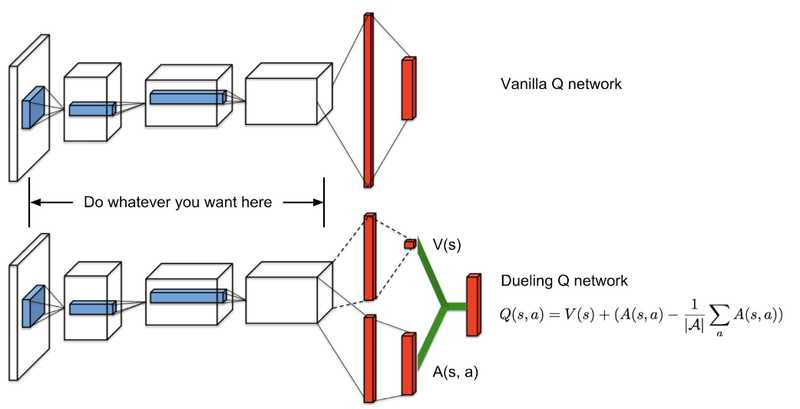

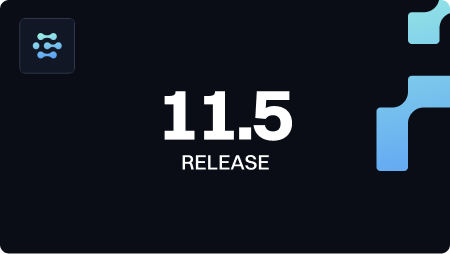

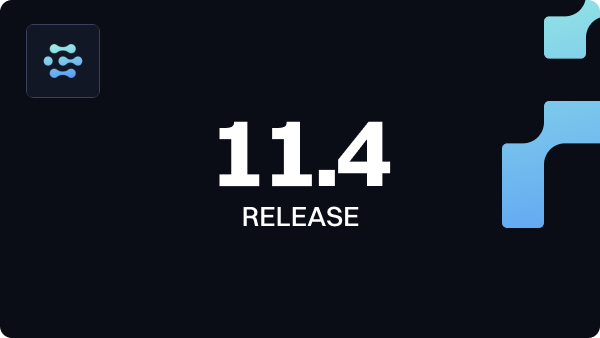











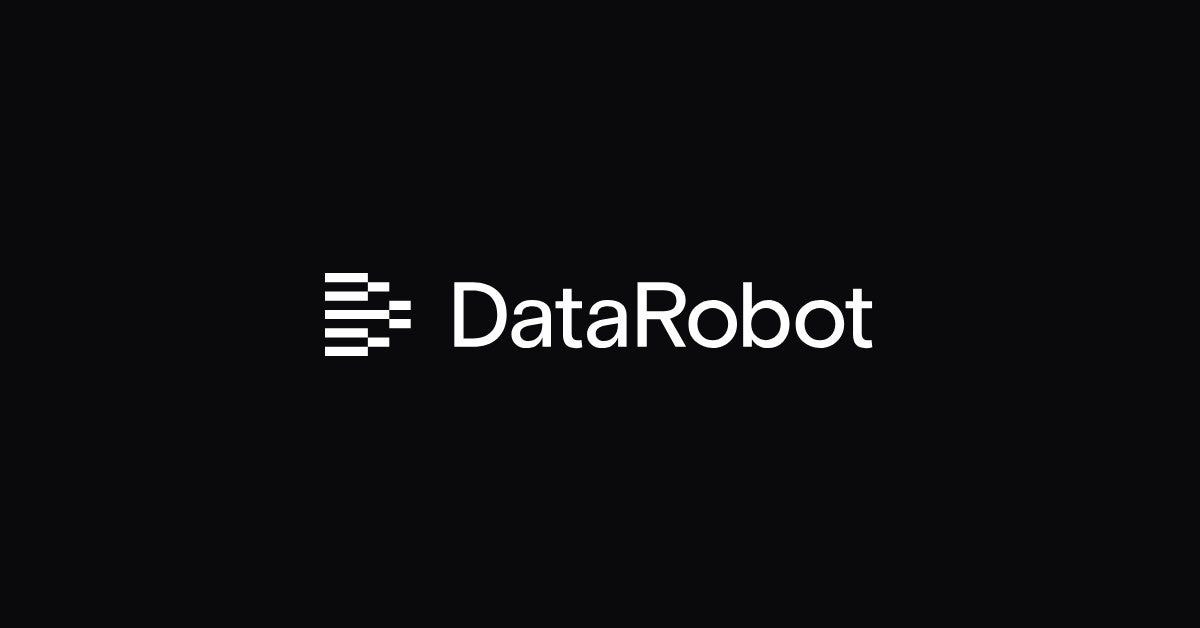
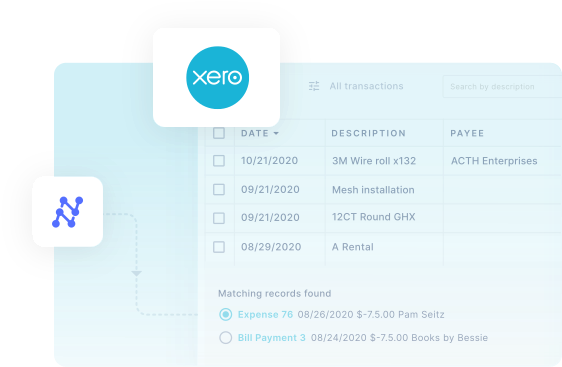
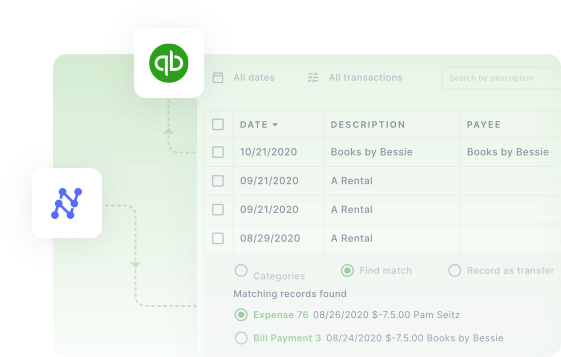



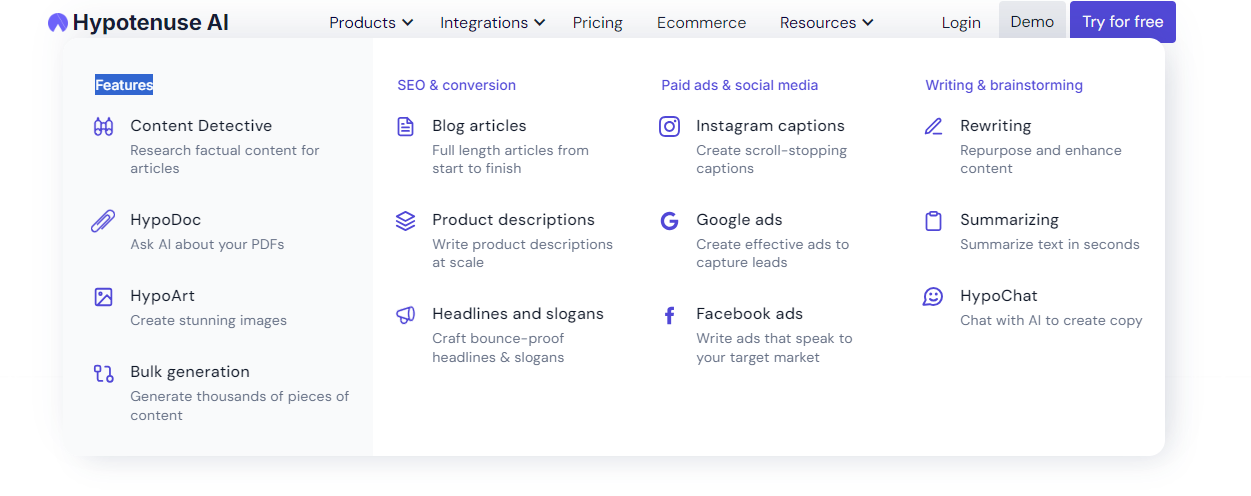











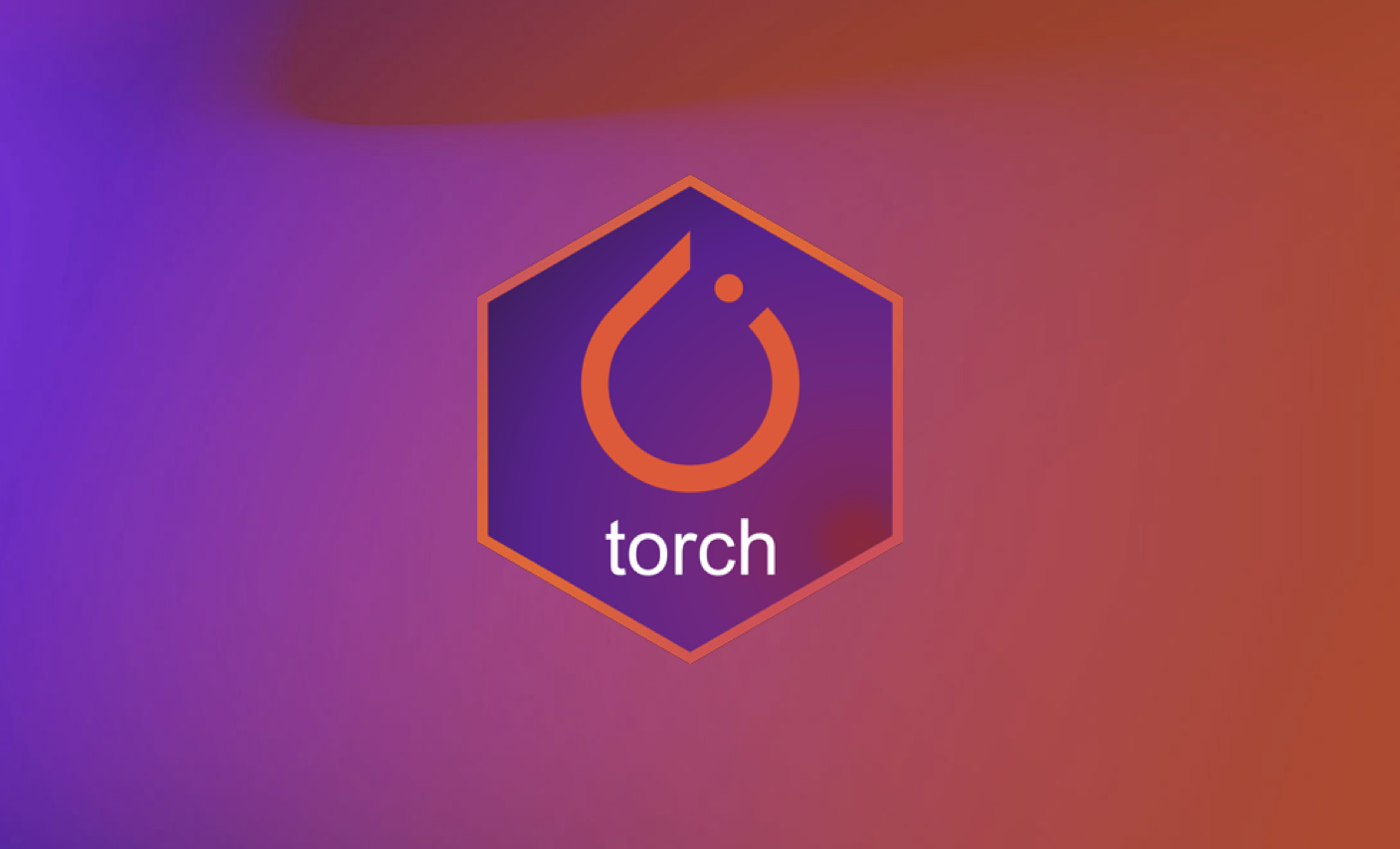









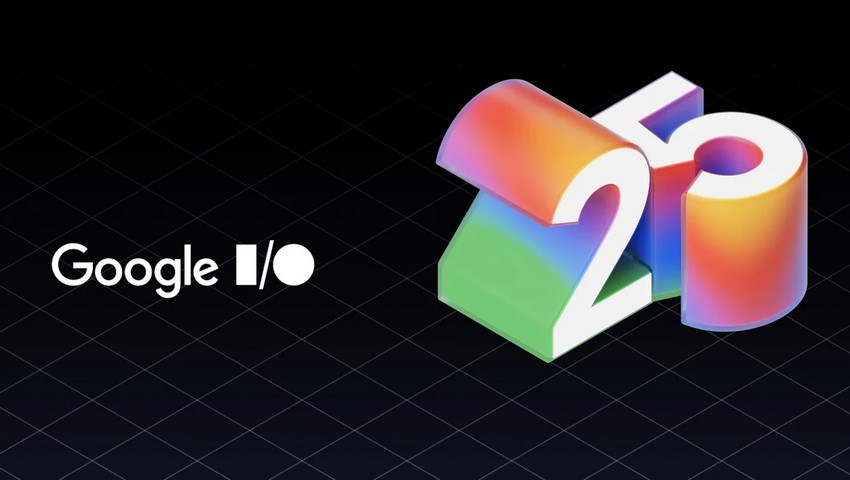













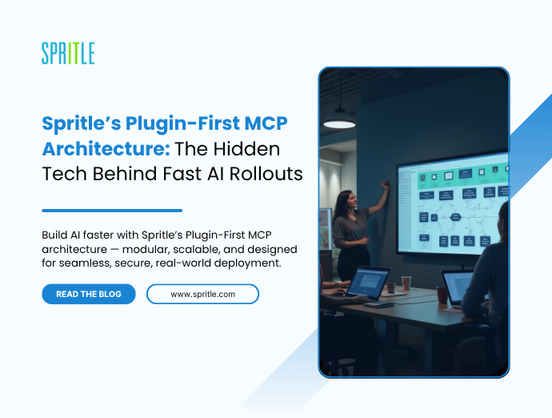

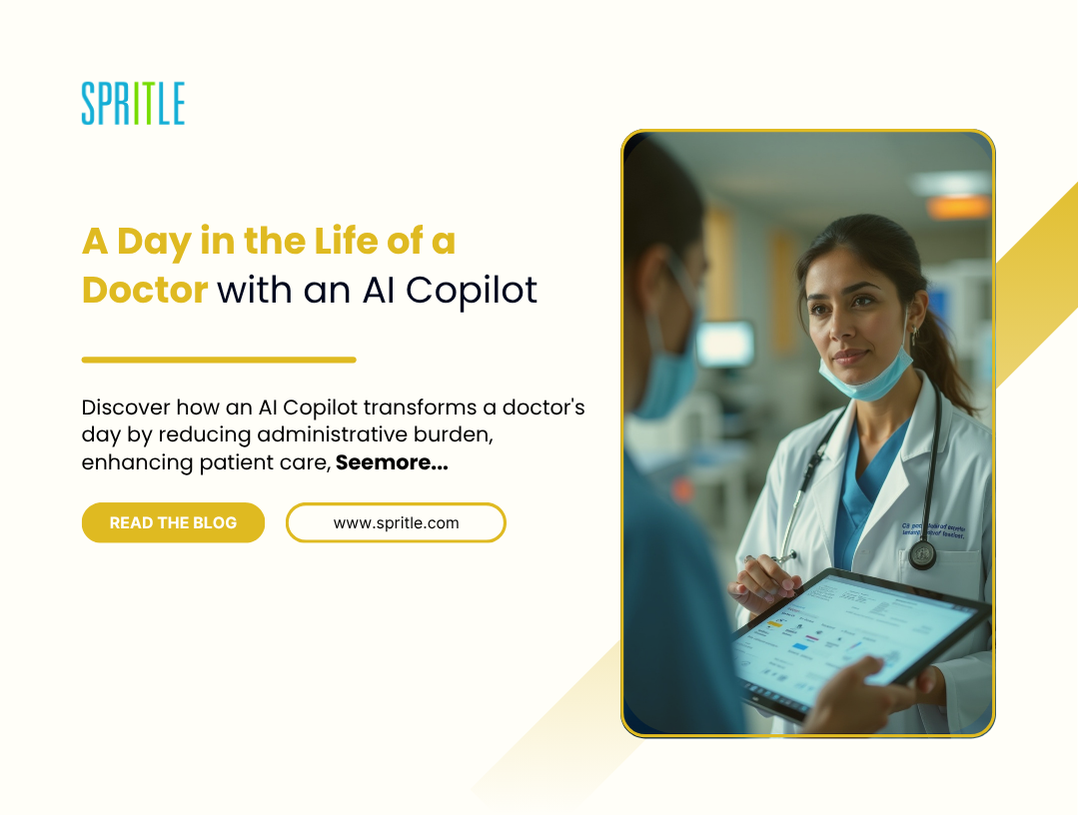
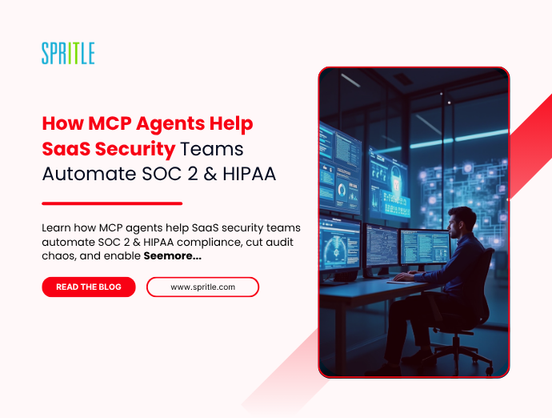































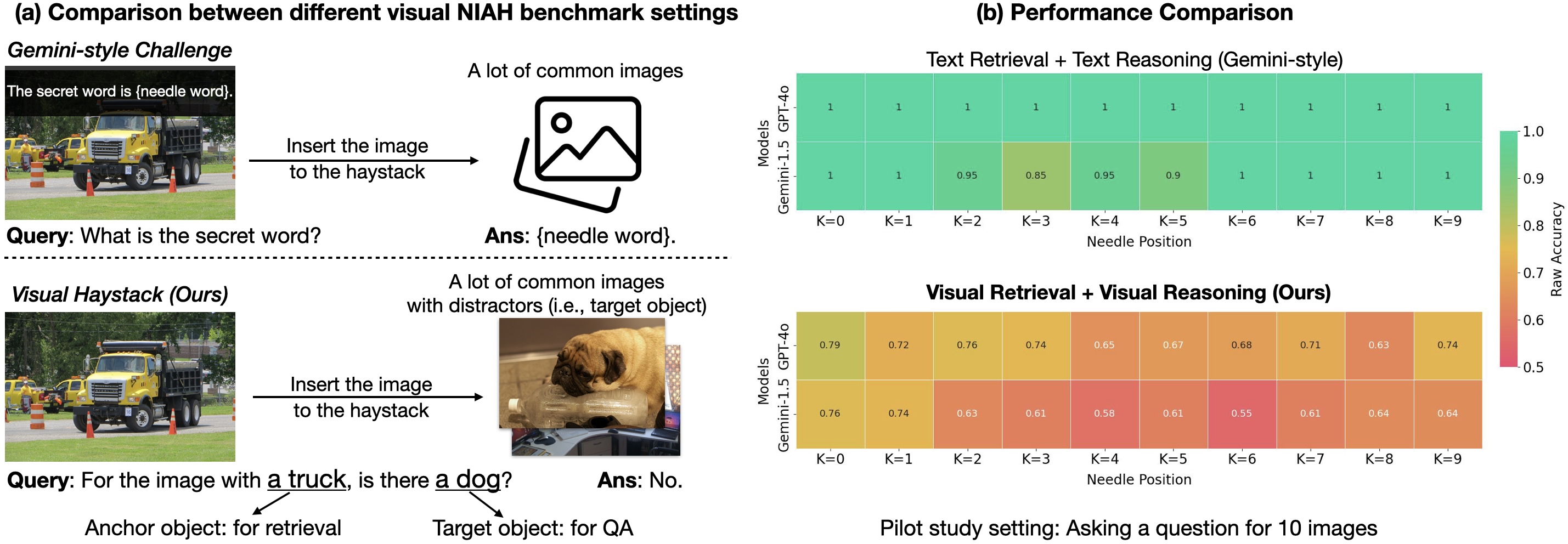



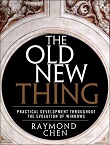












![Rust VS Go VS TypeScript – which back end language is for you? With Tai Groot [Podcast #176]](https://cdn.hashnode.com/res/hashnode/image/upload/v1750974265013/73f79068-0087-4c39-8a8b-feea8cac873b.png?#)



























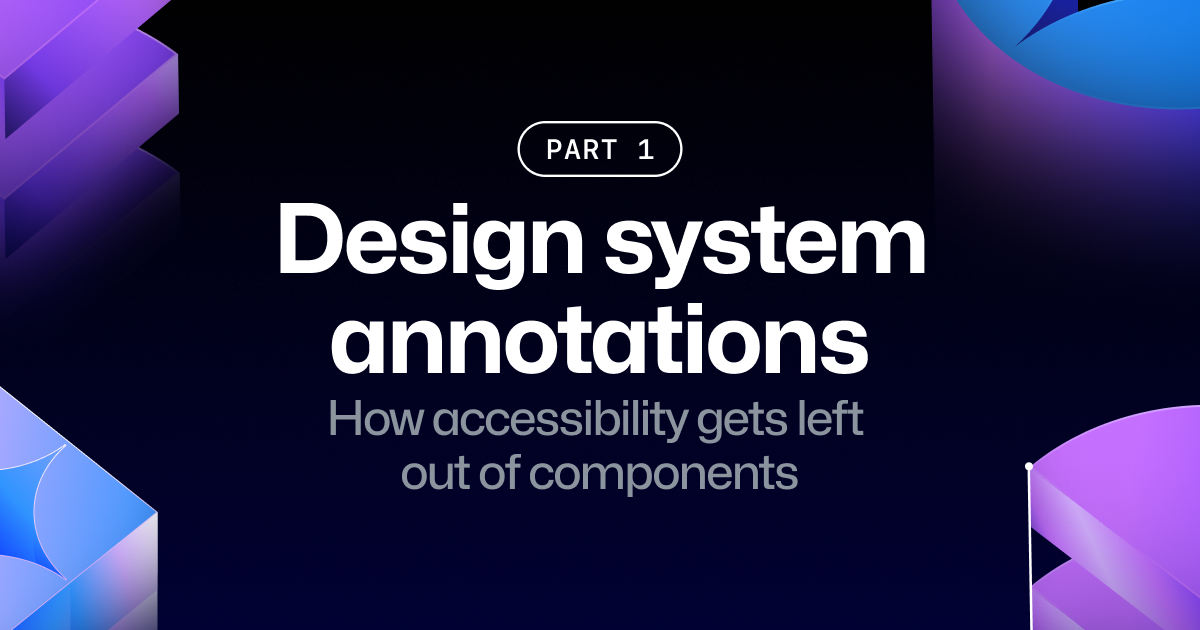





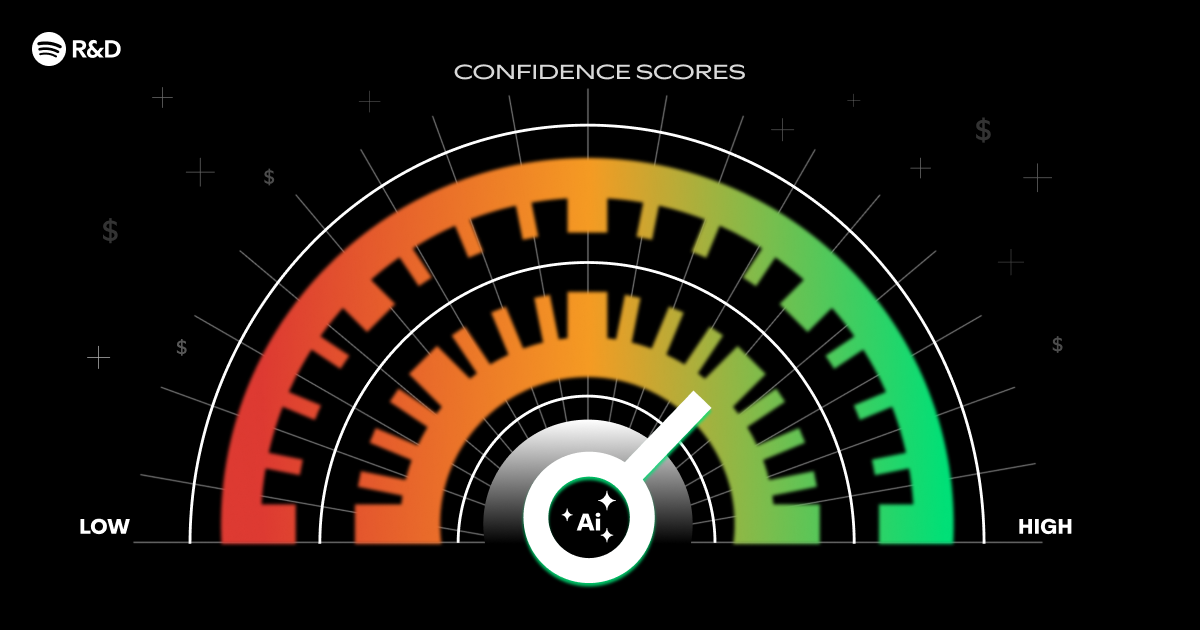








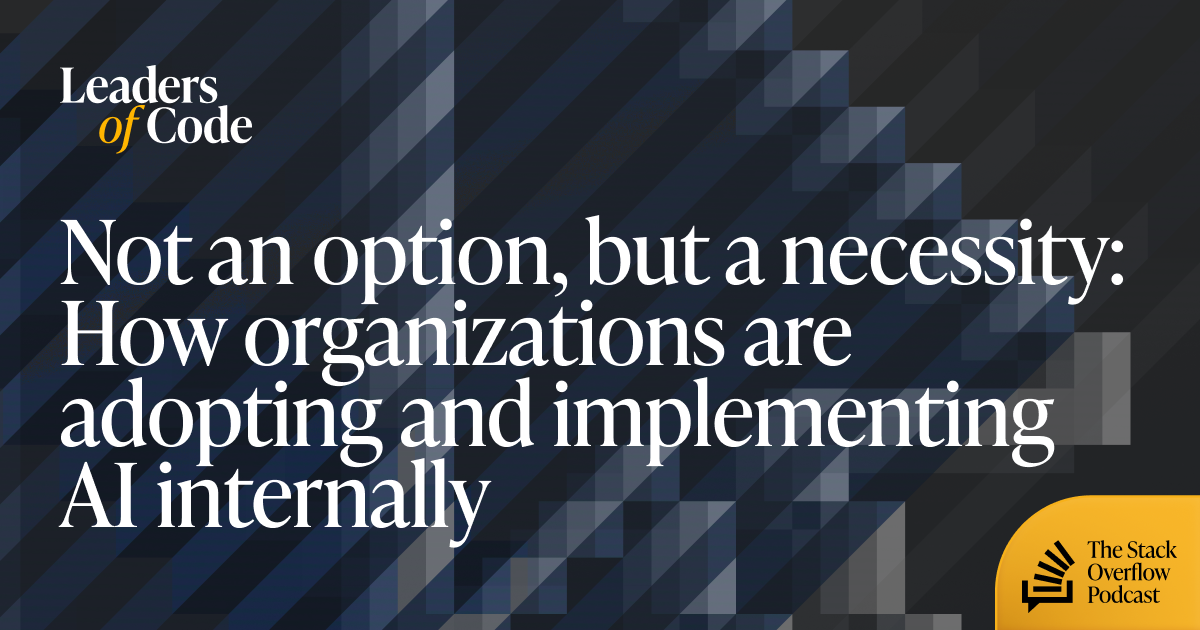





































































.jpg?width=1920&height=1920&fit=bounds&quality=70&format=jpg&auto=webp#)





















